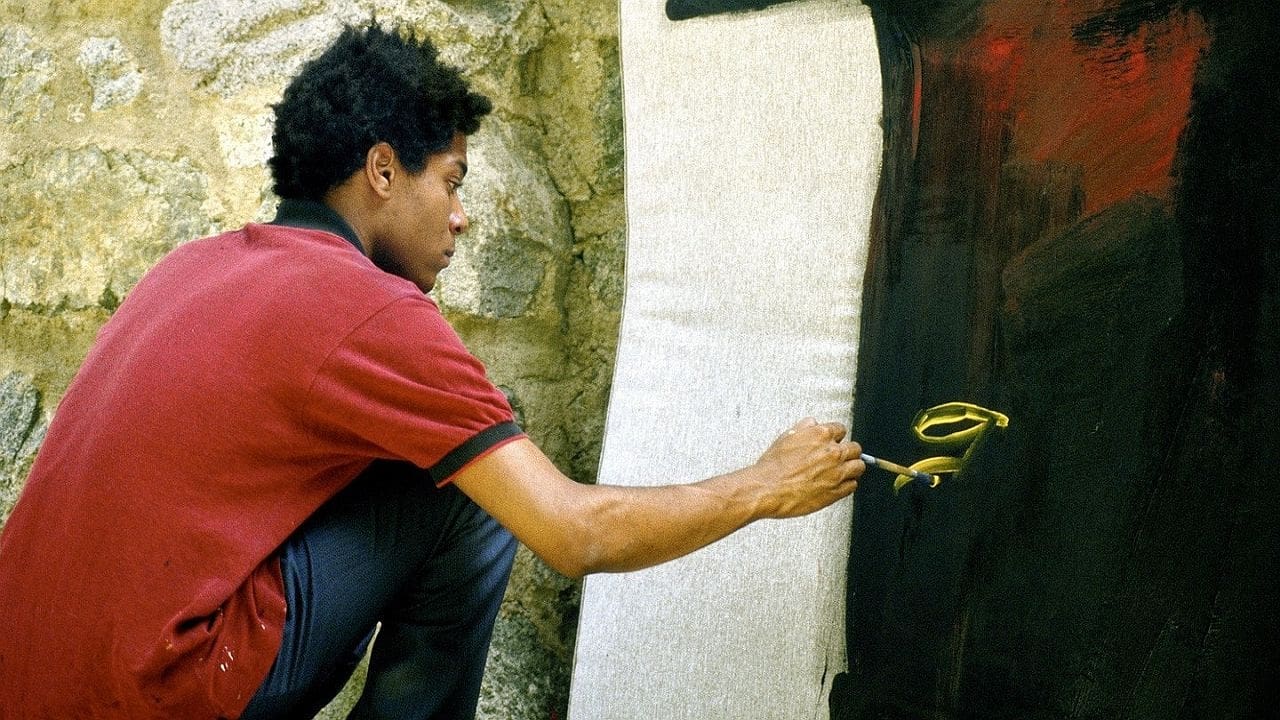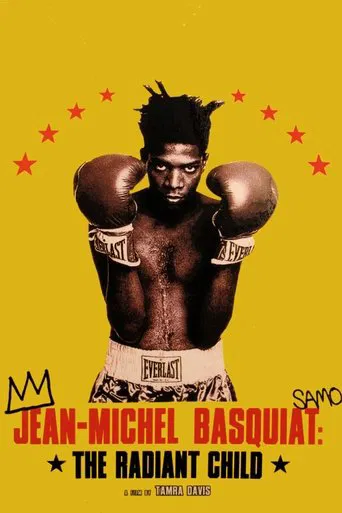

The documentary, "Jean-Michel Basquiat: the radiant child," was about an African American artist from brooklyn New York name Jean-Michel. In the film they talked about the way he lived his life as a kid, the start of him being an artist, and how he was fascinating with his work until his death. A lot of people were inspired by his work because he abused his work physically but in a figuratively speaking way.Jean-michel Basquiat was an fascinating and very complex artist from brooklyn new york.He was very successful at the work he did in the 80s.People notice the originality of his work, its emotional depth, unique iconography and formal strengths in color.He went from spray painting meaningful graffiti on buildings, to appearing on TV and having his own art studio.Yet when andy warhol died jean-michel became increasingly isolated and his herrion and depression grew more surve.Soon after that he died of a heroin overdose in 1988.I knew that jean- michel died of a heroin overdose but watching the documentary made it more shocking because it had a lot of emotion towards the people who were in the interview because they knew jean michel personally so it was sad to watch them tear up.A Lot of his friends were in the interview and even the friends he knew before he was an artist.I give this documentary a 5 out of 10 because it was really enjoyed how they displayed the interview. They went back and forth from when Jean was alive in the 80's to his friends being interviewed in 2010.
... View MoreLike many people out there I'm sure, I had a loose understanding and knowledge of Basquit, but this film is very enlightening by filling in the missing gaps that I personally hadn't known about his life as told through those closest to him. The Director, who had a friendship with Basquit, does a wonderful job of interviewing people who knew him to really paint a full portrait of the mans character. Brilliant, creative, very sensitive.Basquiat of course, rose to fame from the streets even though his father was a well off accountant. His life story is sad, in the crusty, white world of art in the late seventies and early eighties in NYC, the obnoxious liberals who Basquiat was often demeaned by, because of his ethnic background which he felt, probably rightly so, like he was being viewed as some kind of primitive animal. Very sad, very moving film about a gifted artist and one of the best of the 20th century.
... View MoreBasquiat's artwork transcended the culture of the streets, circa 1980. He started out as a graffiti artist and rapidly become one of the world's coolest underground painters. The interview footage, if you've never seen clips of Jean-Michel Basquiat, puts the viewer into the perspective of his artwork, and conveys how his ideas were partly influenced from past artists, partly his immediate emotions, and wholly groundbreaking. He became known for crossing out words on the canvas, which indirectly strengthened the meaning of his avant-guard, street poetry. Basquiat was an innovative painter who was ahead of his time. His drive was about being totally original; that is, the very best, when it came to originality. As far as a documentary, "Jean-Michel Basquiat: the Radiant Child," works well. As soon as the director presents the eventful rise and fame of the subject, the film takes a righteous step back to discuss Basquiat's background and influences. In addition, documentaries about a single subject should never depict a person's life in chronological order; it becomes more like a Barbara Walter's special, and we don't want that. I think the audiences's predilection for this film will depend on their fascination for the subject at hand; the chaotic life of an artist, the rise and fall of a famed celebrity. I absolutely adore these stories. They usually start and finish the same, but sometimes, events take the turn for the worse, and the icon dies at a very young age. Jean-Michel Basquiat was only 27 when he died of a hot-heroin overdose. Fame, fortune, and loneliness drove his drug addiction to an unbearable end. When you hear these stories, sometimes these celebrities make it, and sometimes, they never get to live long enough to tell it themselves. Always pray for their recovery. Basquiat's work might have become more famous as a result of his death, but there's never a price too high for a persons life; not fame, fortune, or history in the making. I think the strength of documentary filmmaking deals primarily with the subject. If the viewer is drawn to the central figure, then it's really hard to objectively critique the way a documentary is filmed. Personally, I don't think "The Radiant Child" provides strong enough direction, but more importantly, a strong passion for the subject, Jean-Michel Basquiat, and it certainly shows. "The Radiant Child" lacks the spontaneity and hipness of "Exit through the Gift Shop" (2010), but any art lover, interested in the short, yet successful life of Basquiat, will certainly enjoy this documentary. Basquiat was so daring and conceptual with his work, that when he wanted to explore a traumatic event from his childhood, he would literally paint in the manner of a five year-old child . A child; he was far from it. Radiant; he was above and beyond.
... View MoreFor too long, the only Jean-Michel Basquiat we've had in film is Julian Schnabel's 1996 biopic (a good movie but heavily fictionalized), and the Downtown 81, a patchwork curiosity. I saw this doc with a bit of apprehension, worrying I might see a film of rehashed, superficial hype about some famous guy's famous coolness and his famous burnout. I came away really pleased. The doc is conventional, a no-frills mix of archive footage & contemporary interviews, but this works well - it left the focus on well-selected interviews and Basquiat's artwork, which the filmmaker apparently had free rein to use and did so liberally. The catalyst for this documentary is Tamra Davis's own footage of Basquiat (circa 1986/87?), and those sections are definitely a highlight.The substance comes from a surprisingly diverse collection of interviews, none of which wastes any screen time. There were the ex-girlfriends, old friends and art dealers, but Robert Farris Thompson, the Yale art professor who may have never met Basquiat, had some of the films most interesting comments. Diego Cortez ("I was sick of seeing white walls with white people drinking white wine") and Fab 5 Freddy both had lines that were hits with the audience. But still, the focus on Basquiat's artwork itself was the best thing here. Some of the most-repeated, least-interesting gossip I've heard about Basquiat are referenced (he dated Madonna, painted in an expensive suit, etc etc) but this is kept to a minimum. The weak link was too much reference to the mythical time Basquiat was "living on the streets" as a teenager. It's said he was living on the streets (or with girlfriends, to be more precise) because he was a broke kid determined to live in New York. But the record was also set straight about his background: he wasn't a genius who magically spawned from uneducated poverty. His family was well-off, he was exposed to art, music and intellectual thinking at an early age. And yet one of those interviewed got away with saying he couldn't handle the pressure of success because he'd only a little while before "he was living in the streets." The other odd omission was any information about the girlfriend Jennifer Goode despite several photos of her, when other women in his life were interviewed at length. Overall, very good work, and a must-see for anyone interested in the work of Basquiat.
... View More